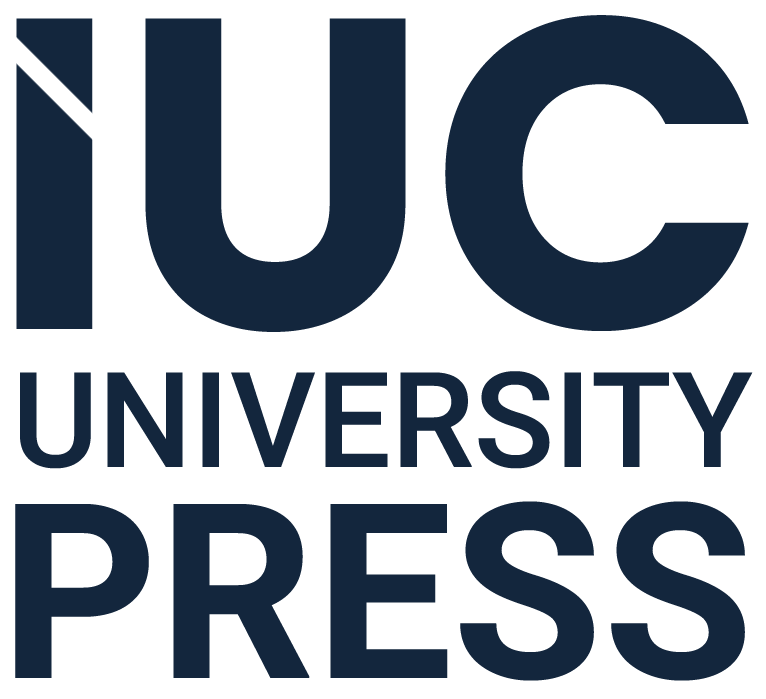Forensic Sciences
İstanbul University Forensic Medicine Institute was established in 1982 as the first institution in Türkiye to provide postgraduate education in the field of forensic medicine and forensic sciences. The name of the Institute has been changed to the Institute of Forensic Sciences and legal Medicine at 25 June 2019.
As the fourth director appointed to the Institute Directorate from the beginning, we have made a lot of progress in the three areas that are the motto of our Institute (education and training; research and development and producing excellent expert witness) during my tenure (2015 -2021). The most prominent of our research and development activities are to receive many projects with large budgets from non-university resources and to patent many of them which are turned into products with industrial value.
In addition to all the services listed above, our priority has been to train qualified human resources in our field and therefore our students. For this purpose, the number of elective courses has been increased, and efforts have been made to ensure the participation of academics from many different disciplines. By conducting surveys on educational activities, the problems experienced by our students and their solution suggestions were received. An important issue among the demands was the lack of basic reference books to be used, especially at the doctoral qualification exams. Although it is accepted that a postgraduate student has the command of a language to follow foreign sources and our students are encouraged to read articles and books published in different languages, it is obvious that education is best given in the native language. This book is a basic reference book that our students can read both while taking courses and before the doctoral qualification exam. It has been prepared by faculty members who personally teach the course in many sections, and in some sections, it has received support from our students with the aim of preparing them for academic life.
The book contains 30 chapters, befitting the multidisciplinary structure of our field, and is more comprehensive than many other counterparts. I hope that this book will increase both in content and volume over the years, and that the chapters that some of our academicians could not prepare will be included in the book in future editions. I would like to thank Dr. Dilek Salkım İşlek for her extraordinay efforts.
This book, which coincides with the 42nd anniversary of our Institute as of its publication date, was prepared within the scope of our university's "One Hundred Books in the 100th Anniversary of our Republic" project and is a gift to the Republic of Türkiye and the distinguished academicians and students of this country.
Prof. Dr. Faruk AŞICIOĞLU

